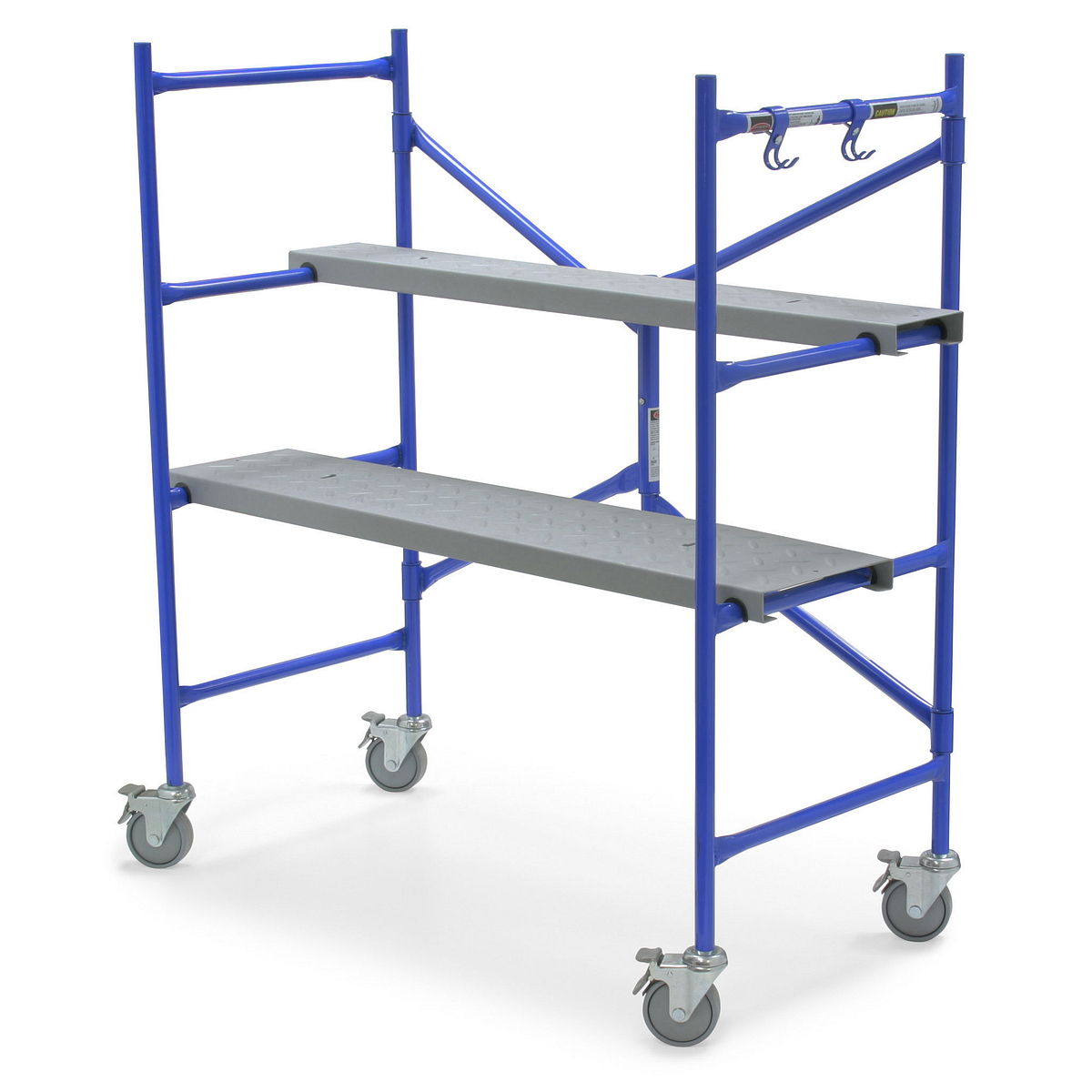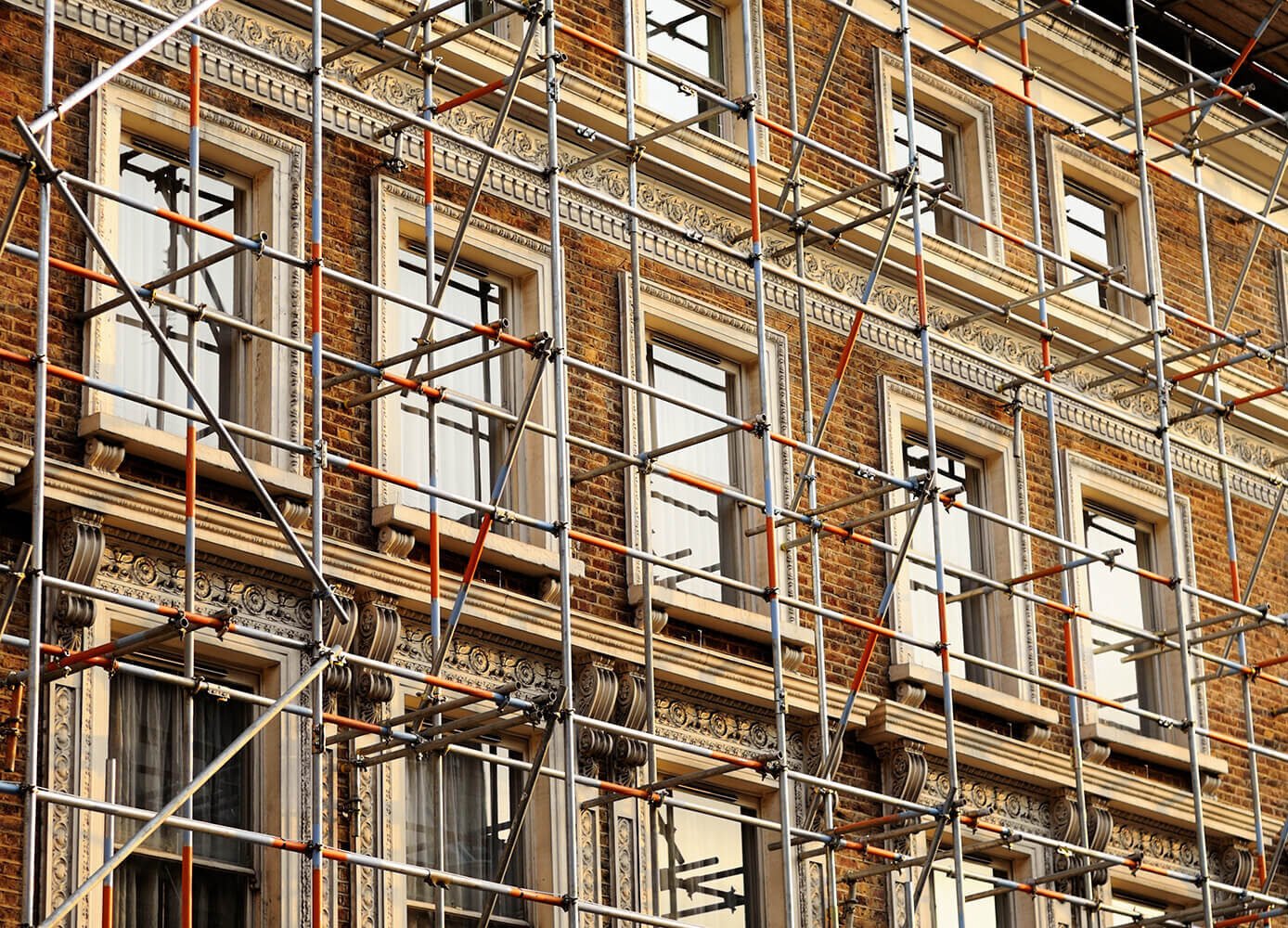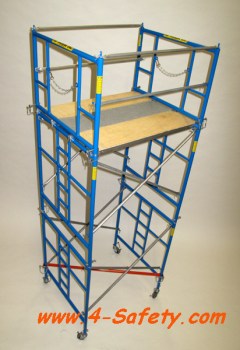Top-Notch Scaffolding Near Me: Expert Solutions for Every Job
Top-Notch Scaffolding Near Me: Expert Solutions for Every Job
Blog Article
Checking Out the Numerous Sorts Of Scaffolding Utilized in Building Tasks
The building sector relies greatly on various types of scaffolding to fulfill details task requirements, each offering unique advantages and applications. Conventional frame scaffolding gives a strong structure for general jobs, while put on hold scaffolding is important for job on skyscraper frameworks. Other choices, such as system and rolling scaffolding, satisfy effectiveness and movement, respectively. Additionally, the cantilever variant shows important in metropolitan atmospheres where space is constricted. Comprehending the subtleties of these scaffolding kinds is essential for enhancing security and efficiency on building sites, prompting a more detailed exam of their one-of-a-kind characteristics and applications.

Standard Structure Scaffolding
Standard structure scaffolding is one of the most widely utilized methods in the building market because of its robustness and versatility. This system contains straight and upright frames that are assembled to create a secure system for materials and workers. The primary components consist of upright articles, straight journals, and angled braces, which together offer a solid structure that can sustain considerable loads.
Among the essential benefits of conventional framework scaffolding is its flexibility to different construction projects, ranging from household buildings to big business frameworks. The modular design permits for simple setting up and disassembly, making it efficient for both temporary and long-term tasks. Furthermore, the system can be tailored in height and size, suiting various building styles and website conditions.
Safety and security is vital in scaffolding applications, and traditional frame systems are outfitted with guardrails and toe boards to stop falls and make certain worker security. Routine assessments and adherence to safety and security regulations are vital in keeping the stability of the scaffold (Scaffolding). In general, traditional framework scaffolding stays a basic option in the building industry, giving a trustworthy system for labor and boosting general job effectiveness

Suspended Scaffolding
Put on hold scaffolding supplies a special service for construction tasks that call for access to raised surface areas, especially in scenarios where conventional frame scaffolding may be impractical. This sort of scaffolding is normally suspended from the roofing or upper levels of a framework, making use of a system of ropes, pulleys, and systems to create a functioning room that can be adapted to various elevations.
One of the main benefits of put on hold scaffolding is its flexibility. It can be quickly repositioned or decreased to fit modifications in building needs, making it perfect for tasks such as home window setup, façade work, and maintenance on skyscraper structures. Furthermore, the minimal footprint of put on hold scaffolding enables much better use ground space in city atmospheres, where space is commonly limited.
Safety and security is an important consideration in the use of suspended scaffolding. In general, put on hold scaffolding provides a efficient and efficient service for accessing hard-to-reach areas in various building circumstances, boosting both performance and safety and security on website.
System Scaffolding
System scaffolding, frequently considered as a contemporary option in the scaffolding industry, consists of pre-engineered elements that can be rapidly put together and adapted for various building scaffolding vygotsky definition projects. Scaffolding. This kind of scaffolding is identified by its modular style, which enables convenience and performance on task sites, suiting different elevations and architectural needs
Usually made from high-strength steel or light weight aluminum, system scaffolding offers boosted longevity and stability. The components consist of vertical posts, straight journals, and diagonal dental braces, which interconnect safely, making certain a robust structure. The style frequently integrates standard installations, simplifying assembly and disassembly procedures, consequently decreasing labor time and costs.

Rolling Scaffolding
Moving scaffolding is a functional choice to conventional fixed scaffolding, developed for movement and ease of usage on construction sites. This kind of scaffolding is composed of a system sustained by structures with wheels, enabling workers to easily transfer it as required. The wheelchair function substantially boosts performance, as it lessens downtime connected with disassembling and assembling dealt with scaffolding.
Typically created from light-weight products such as light weight aluminum or steel, rolling scaffolding provides a sturdy yet portable solution for tasks calling for frequent repositioning - Scaffolding. It is specifically advantageous in jobs such as painting, drywall installation, and electric work, where accessibility to different heights and locations is necessary
Security is extremely important in rolling scaffolding design, with attributes such as locking wheels to stop unexpected motion when in operation, and guardrails to protect employees from drops. Additionally, many versions are adjustable in height, suiting numerous project demands.
Cantilever Scaffolding

The style of cantilever scaffolding typically includes using arms or brackets secured to a building or framework, enabling the platform to extend outward securely. Safety is critical; thus, these scaffolds must be crafted to hold up against ecological conditions and different loads. Regular examination and upkeep are vital to guarantee structural honesty and employee safety.
Cantilever scaffolding is preferred for its flexibility and efficient usage of area, making it a preferred choice in city atmospheres where room restrictions are typical. It promotes simpler accessibility to high elevations, inevitably adding to the total performance of building tasks. Just like all scaffolding types, appropriate training and adherence to safety criteria are vital for employees making use of cantilever scaffolding.
Conclusion
Standard structure scaffolding gives security, while put on hold scaffolding offers flexibility for raised jobs. System scaffolding facilitates quick assembly, and rolling scaffolding improves wheelchair for varying work atmospheres.
Traditional frame scaffolding offers a durable foundation for basic tasks, while put on hold scaffolding is important for work on skyscraper frameworks.Moving scaffolding is a functional choice to typical set scaffolding, designed for movement and ease of usage on building and construction sites. As with all scaffolding kinds, appropriate training and adherence to security standards are critical for employees making use of cantilever scaffolding.
Typical framework scaffolding offers stability, while suspended scaffolding provides flexibility for elevated jobs. System scaffolding helps with quick assembly, and rolling scaffolding boosts wheelchair for varying work environments.
Report this page